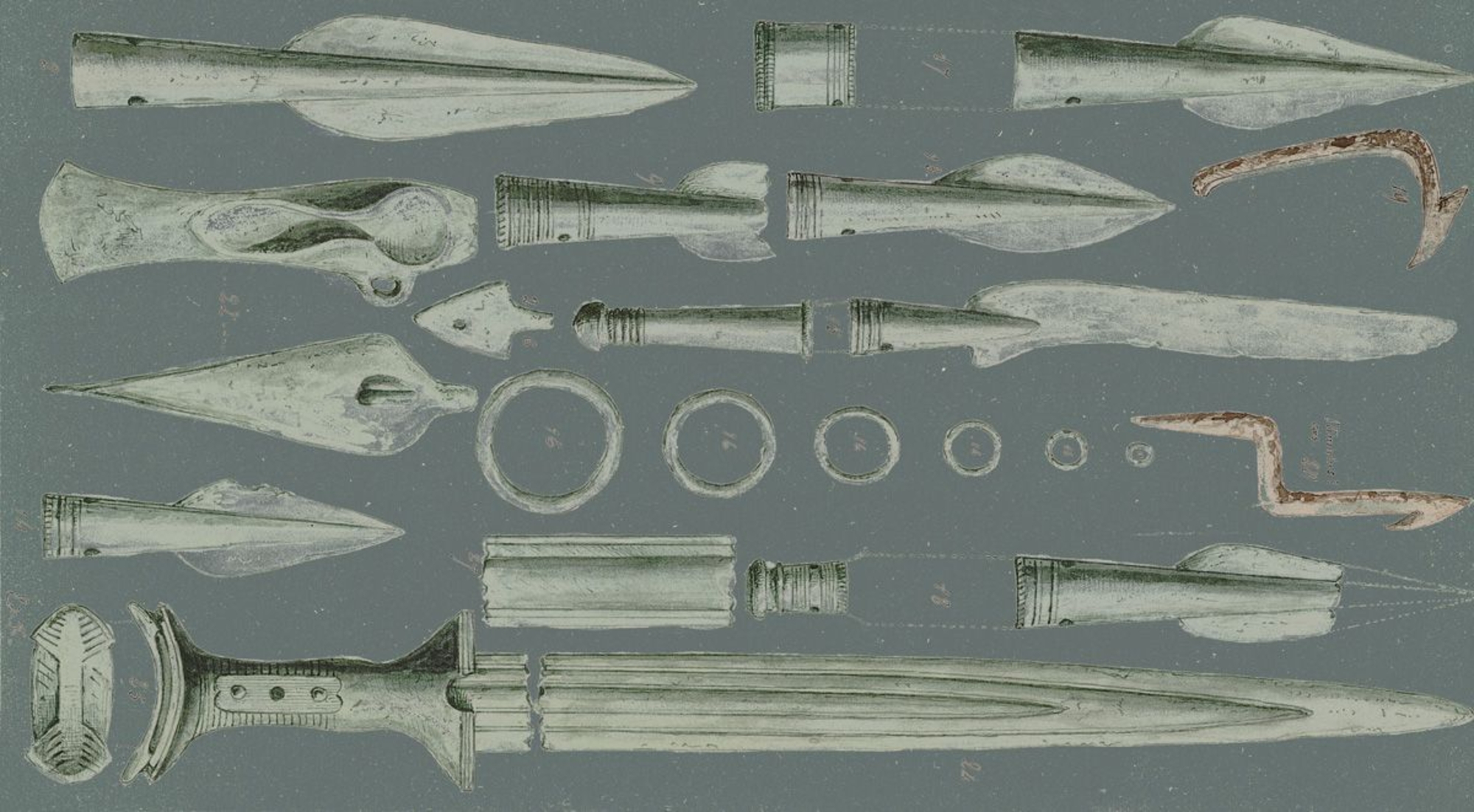
- Home
- Alesia
- The Alesia question
In November 1855, the architect Alphonse Delacroix spoke before the Société d'émulation du Doubs and proposed that Alesia was located at Alaise, south of Besançon. His hypothesis was a bold one, as until then it had been considered that the Gallic oppidum had been located at Alise-Sainte-Reine in the Côte-d'Or region. Soon, a number of other communes put themselves forward as potential homes to the emblematic site, including Izernore in the Ain region and Novalaise in Haute-Savoie.
“Some think Alaise, others think Alise”
There were now two camps and soon supporters of Alise and Alaise confronted one another in a series of articles. The pro-Alaise camp included in its ranks eminent scholars and experts in ancient geography such as Ernest Desjardins and Jules Quicherat. In opposition, the pro-Alise camp was led by the Côte-d'Or’s regional archivist, Claude Rossignol, who defended at all costs the Burgundy site. The debate between France’s scholars reached boiling point and the Commission de Topographie des Gaules (CTG) was forced to take a stance. Rejecting the Alaise hypothesis, it sent its members to study the site of Alise-Sainte-Reine. They came back convinced, and on the orders of Napoleon III, the commission began large-scale archaeological excavations there.
The first excavations at Alesia: April 1861 to September 1862
The excavations began in April 1861 and were led by Félicien de Saulcy, Alexandre Bertrand and General Casimir Creuly. They were in all ways remarkable. Having been given a substantial budget, the CTG succeeded, in just over a year, in precisely locating the ditches from Caesar’s siege around the oppidum. There were sometimes as many as a hundred workers on the site. A significant number of artefacts were found, in particular large quantities of arms, some of which were published in 1861 in the Revue archéologique. The Album des fouilles d'Alise-Sainte-Reine, an exceptional document probably intended for Napoleon III, contains the plans and sections created by the CTG at the site.
Partners and authors
Associated media
Open Media Library

Extract from the Album des fouilles d'Alise-Sainte-Reine, produced by the Commission de Topographie des Gaules, 1861-1862

Plates from the Histoire de Jules César, 1866

Watercolour drawings by Flouest of arms from Alise-Sainte-Reine

Jules Quicherat

